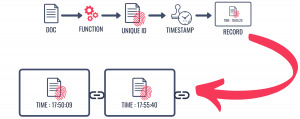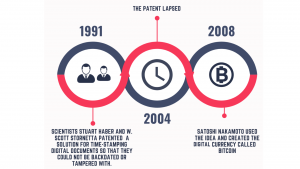Tracing the origin
In 1871 USA, an Italian immigrant conceptualized and created a device that lets him communicate with his ailing wife, who was confined to her bedroom on the second floor of their house, from his laboratory in the basement. His financial conditions prevented him from getting a proper patent for his invention. In 1876, a Scottish-born American filed and won a patent for a similar device. The Italian in question was Antonio Meucci (The man in the picture) and the device came to be known as the telephone. ( Any guesses on who the Scottish-born American was?)

History is filled with such instances. The chronology of events that led to many such inventions is still up for debate. The cause of this confusion can be attributed to a lack of proper recording of the events or even “willful” omissions. The age of information gave this problem a new twist. With the commercialization of computers and the internet, people heavily relied on the use of digital audio, texts, and images. The constant replication, modification, and transfer of these digital entities make it almost impossible to trace their true origin. This problem gains momentum when we talk about things like intellectual properties and digital assets. How do you keep track of these things?

In 1991, two scientists Stuart Haber and W. Scott Stornetta worked on a solution (source). They timestamped digital documents, which helps to certify the date a document was created and last modified. Each time a digital document was created or modified, they used a mathematical function (hash function) to create a unique identifier (like a fingerprint) for the digital document. These fingerprints were signed (by the user), timestamped, and stored in a cryptographically secure, “append-only” data structure. Each new entry to the data structure was “linked” to the previous entry. This solution provided ways to keep track of digital documents while preserving their integrity.

The work of Haber and Stornetta inspired many others. After almost 2 decades, an unknown entity modified the initial idea and used it to create a digital currency called bitcoin and with that, the world was introduced to the technology that came to be known as “Blockchain”.
Ironically, whenever we talk about the creation of blockchain, the names of Haber and Stornetta rarely come up. Most of the credit usually falls on an unknown entity, “Satoshi Nakamoto“.

